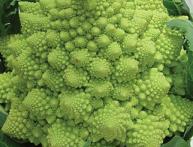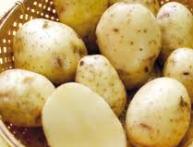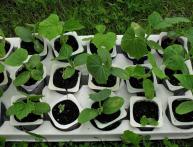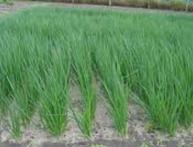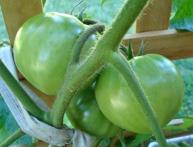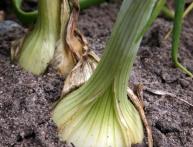Drip irrigation of potatoes and its advantages
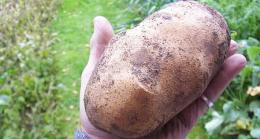
Potatoes grown without watering in dry summer conditions will most likely give low yields; the tubers will lose a lot of taste and become more susceptible to diseases. There are several methods for watering potatoes, but today agronomists recognize drip irrigation of potatoes as the most effective.
- The first and one of the main advantages is saving irrigation water, which, if carried out correctly, can reach 50% compared to conventional methods.
- The drip irrigation method for potatoes promotes increased soil aeration, the soil does not become waterlogged, and soil oxygen fully meets the respiration needs of the plant roots.
- Drip irrigation of potatoes promotes the rapid formation of an enhanced branched root system, which is capable of more intensively consuming moisture and nutrients from the soil.
- Together with drip irrigation, fertilizers necessary for plants are applied directly to the root zone. In dry conditions, this is the most effective way to add nutrients to the soil during plant growth. Fertilizer application with fertigation can also be carried out in conditions of heavy rainfall, and the coefficient of their use is significantly increased.
- Since with drip irrigation the potato leaves are not moistened, the possibility of the spread of diseases is minimized; fungicides and insecticides remain on the foliage for a longer time.
When using this irrigation method, spraying potatoes, cultivating the soil and harvesting can be done at any time, the row spacing in the beds always remains dry. The formation of a soil crust does not occur, and the soil structure is not destroyed.
Very attractive aspects of using irrigation are minimizing the cost of time and labor for watering and saving water. With a reduction in real labor costs by 1.5-2 times, a significant increase in potato yield is achieved.

